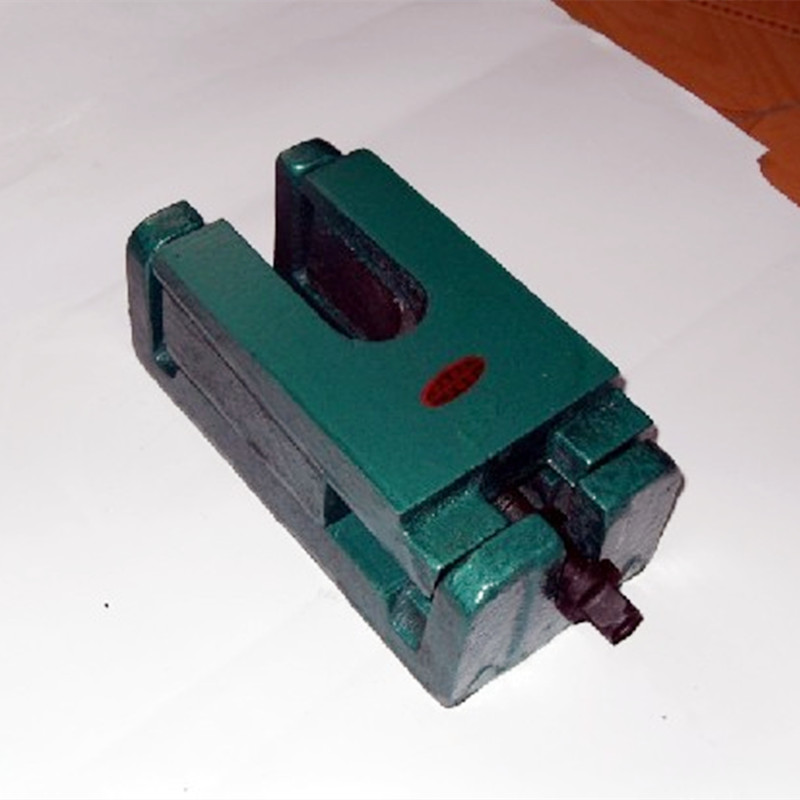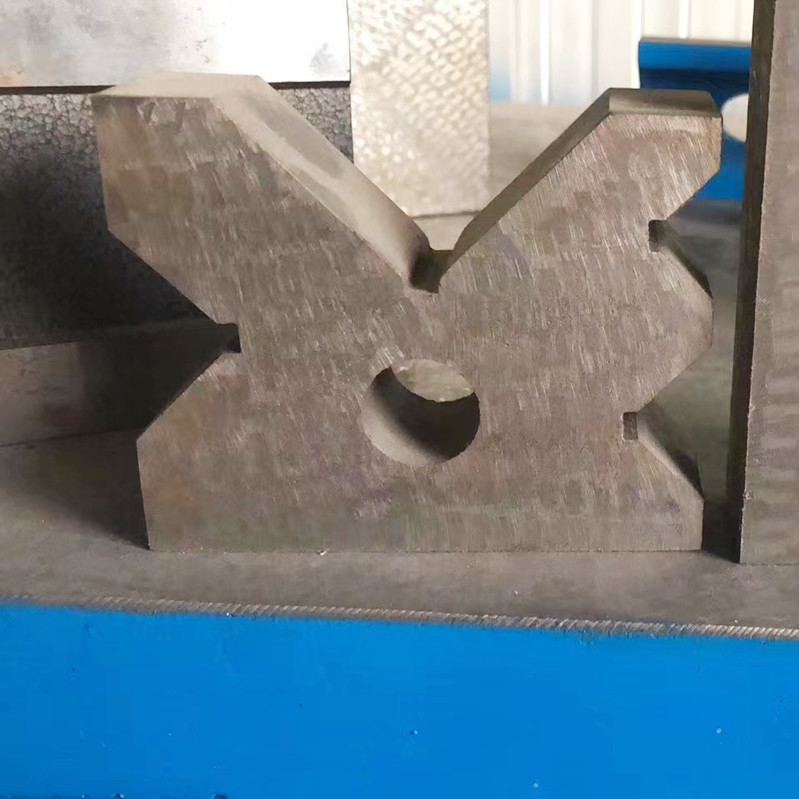Feb . 11, 2025 05:20 Back to list
different types of control valves and their applications
Control valves are essential components in various industrial systems, acting as unsung heroes controlling the flow, pressure, and direction of fluids and gases. Their significance cannot be understated in systems ranging from simple household plumbing to complex pharmaceutical manufacturing processes. At the core of control valves are their designs, specifically crafted to meet diverse operational needs. This article delves into three prevalent types of control valves, exploring their unique attributes, applications, and the nuanced advantages each offers.
These valves are extensively used in water supply, wastewater treatment, and the food and beverage industry due to their quick operation and ease of installation. Their compact nature and the relatively small number of components make butterfly valves economically attractive for larger pipe diameters. A potential drawback is their limited throttling capability; they excel in ON/OFF applications but are less precise for fine control compared to globe valves. 3. Ball Valves Durability and Low Maintenance Ball valves are renowned for their durability and simplified operation. At the heart of ball valves is a hollow, perforated, and pivoting ball that controls the flow. They offer rapid open and close functions, creating a secure seal and thus avoiding leaks. Ball valves are particularly useful for high-cycle applications, as the design minimizes wear and tear, leading to a longer lifespan and reduced maintenance needs. These valves find their place in industries that require reliable shut-off application, such as oil and gas, residential plumbing, and HVAC systems. The robustness of ball valves against extreme pressures and temperatures enhances their adaptability across diverse scenarios. Their primary limitation lies in their throttling capabilities, as they do not offer the same level of precision control as globe valves. In platforms seeking the best control valve for specific applications, it is crucial to consider the media, temperature, pressure, and desired control accuracy. Each type of control valve presents distinct features and advantages that parallel specific industrial needs. Understanding these nuances fosters informed decision-making, optimizing performance, and extending the lifecycle of the equipment, while maintaining operational cost-efficiency. As advancements in technology continue to influence control valve designs, the landscape evolves, introducing smart valve solutions equipped with sensors and actuators for real-time monitoring and adjustments. These innovations promise enhanced precision and efficiency, further elevating the role of control valves in industrial applications. For professionals in sectors reliant on fluid dynamics control, keeping abreast of these developments ensures alignment with industry best practices and safety standards.


These valves are extensively used in water supply, wastewater treatment, and the food and beverage industry due to their quick operation and ease of installation. Their compact nature and the relatively small number of components make butterfly valves economically attractive for larger pipe diameters. A potential drawback is their limited throttling capability; they excel in ON/OFF applications but are less precise for fine control compared to globe valves. 3. Ball Valves Durability and Low Maintenance Ball valves are renowned for their durability and simplified operation. At the heart of ball valves is a hollow, perforated, and pivoting ball that controls the flow. They offer rapid open and close functions, creating a secure seal and thus avoiding leaks. Ball valves are particularly useful for high-cycle applications, as the design minimizes wear and tear, leading to a longer lifespan and reduced maintenance needs. These valves find their place in industries that require reliable shut-off application, such as oil and gas, residential plumbing, and HVAC systems. The robustness of ball valves against extreme pressures and temperatures enhances their adaptability across diverse scenarios. Their primary limitation lies in their throttling capabilities, as they do not offer the same level of precision control as globe valves. In platforms seeking the best control valve for specific applications, it is crucial to consider the media, temperature, pressure, and desired control accuracy. Each type of control valve presents distinct features and advantages that parallel specific industrial needs. Understanding these nuances fosters informed decision-making, optimizing performance, and extending the lifecycle of the equipment, while maintaining operational cost-efficiency. As advancements in technology continue to influence control valve designs, the landscape evolves, introducing smart valve solutions equipped with sensors and actuators for real-time monitoring and adjustments. These innovations promise enhanced precision and efficiency, further elevating the role of control valves in industrial applications. For professionals in sectors reliant on fluid dynamics control, keeping abreast of these developments ensures alignment with industry best practices and safety standards.
Latest news
-
Why Metric Trapezoidal Thread is Ideal for Precision Motion ControlNewsAug.05,2025
-
The Unique Properties of a Block of Granite for Industrial UseNewsAug.05,2025
-
The Role of Flanged Y Strainers in Preventing Pipeline ClogsNewsAug.05,2025
-
The Importance of Regular Calibration for Master Ring GagesNewsAug.05,2025
-
How a Cast Iron Surface Table Enhances Accuracy in ManufacturingNewsAug.05,2025
-
Comparing Different Check Valve Types for Optimal Flow ControlNewsAug.05,2025
Related PRODUCTS









